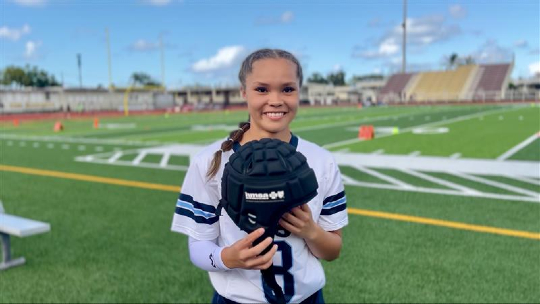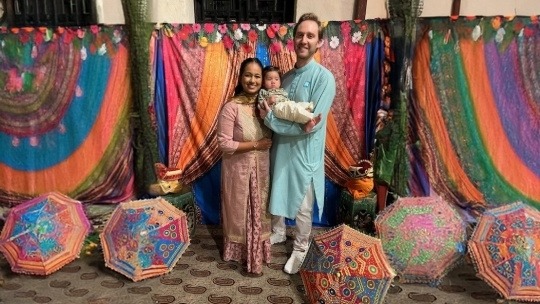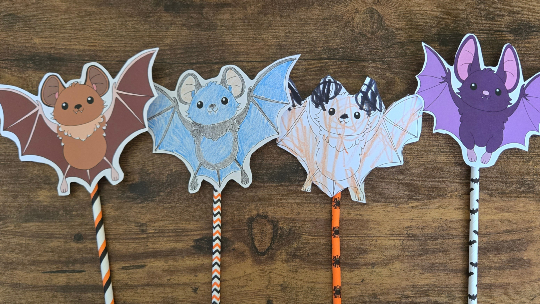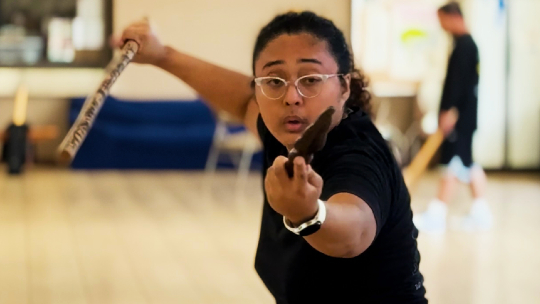This year, the Hawaii United Okinawa Association (HUOA) will hold its 37th Okinawan Festival, the largest ethnic festival in Hawaii. Every Labor Day weekend, islanders and tourists come to enjoy andagi, dance to lively Okinawan music, and shop in the machiya-gwa (country store) and heiwa-doori (street market).
It’s hard to imagine that the festival was inspired by a little exhibition called “Jubilee,” organized by a group of local, mostly second-generation, Okinawan wives in 1971. Although the HUOA started the Okinawan Festival in 1982, its roots go back further.
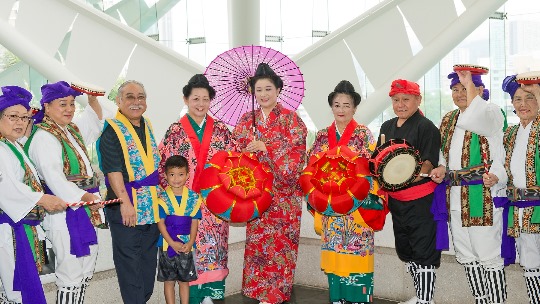
Photo from Hawaii Convention Center
In 1968, the late Tommy Toma, then-president of the HUOA, expressed the need for a women’s organization to help entertain visiting officials from Okinawa. He enlisted the help of his wife, Lorraine, who asked other women in the community to discuss the formation of a women’s organization. Tsuruku Ohye, who assisted with the organization of several clubs, including Hui Manaolana and the Japanese Women’s Society of Honolulu, joined the second meeting at the Flamingo Chuckwagon.
On Nov. 11, 1968, Hui O Laulima (HOL), a nonprofit organization, was established with a membership of 15 women. Today, there are about 290 members. Most of the founding members of HOL were nisei, or second generation, Okinawans born in Hawaii. In 1971, three years after the inception of HOL, the women organized “Jubilee,” an Okinawan culture exhibition at the Ala Moana Hotel. This first major event included interactive displays, craft demonstrations, and Okinawan dance performances.
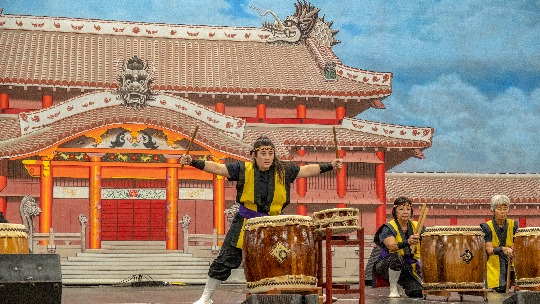
Photo of Kobudo Taiko by Milton Hee
Jubilee began with a handful of people. The organization had no money, but they had huge hearts and cared about Okinawan culture. The husbands slept in the hall overnight to watch over the artifacts.
The Jubilee evolved into the present-day HUOA Okinawan Festival, which was first held in 1982 at the McCoy Pavilion at Ala Moana Regional Park. Later, it moved to Thomas Square and the Honolulu Academy of Arts (now the Honolulu Museum of Art). In 1990, on the 90th Anniversary of Okinawan Immigration to Hawaii, the Okinawan Festival moved to Kapiolani Park to accommodate its growth due to its popularity.
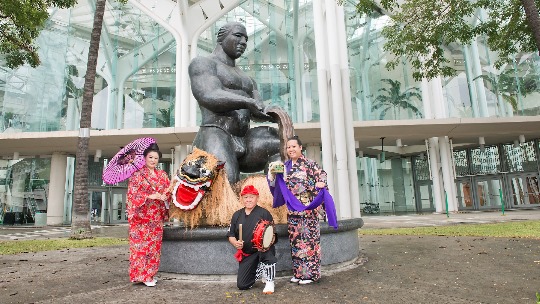
Photo from Hawaii Convention Center
The Okinawan Festival attracts over 50,000 visitors worldwide. On Aug. 31 and Sept. 1, the event will kick off its second year at the Hawai’i Convention Center, which allows for more exhibits, Okinawa-themed films, and a smoother experience for those with wheelchairs and strollers.
The festival is a fundraiser for the HUOA and its 50 clubs. It’s an amazing opportunity to share our culture with the wider community. Proceeds from the festival benefit programs including cultural classes and programs held at the Hawaii Okinawa Center, the Hawaii-Okinawa High School Student Exchange Program, the Children’s Cultural Day Camp, the Senior Health & Wellness Fair, the Community Service Outreach Picnic, and much more.
Learn more about this year’s Okinawan Festival.
Jodie Ching has been a part of the Okinawan Festival for over 20 years either as a volunteer or performer. Through the support of the Hawaii United Okinawa Association, she received the Okinawa Prefectural Government Scholarship for Okinawan Descendants to study abroad at the University of the Ryukyus.
Hero photo of Nidaime Teishin Kai Sanshin by Milton Hee
Thumbnail photo of Nakasone Dance Academy by Gary Nakanishi

